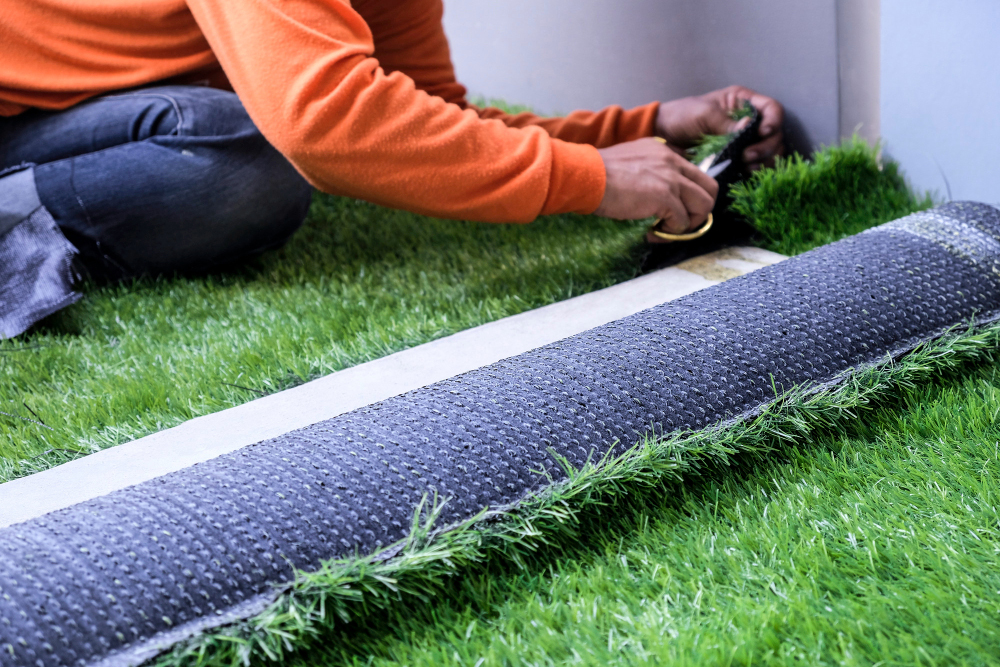Easy Tips to Repair Damaged Artificial Turf and Grass

Artificial turf and grass have become a popular choice for homeowners and property managers. Not only do these offer a beautiful, maintenance-free lawn year-round, but they also provide a safe and comfortable space for people and pets to play and relax. However, like any material, artificial turf and grass can get damaged over time. It could be due to weather conditions, daily wear and tear, or pet-related accidents. But, fear not, because repairing damaged artificial turf and grass can be an easy DIY project if you follow our tips.
Tip #1: Identify the Cause of the Damage
Before you start repairing, it's critical to identify the cause of the damage. Different causes require different solutions. If the damage is due to excessive weight, you may need to install a thicker infill layer to offer better support. If it's because of pet urine stains, you may need to use an enzyme cleaner specifically designed for artificial grass. By identifying the cause of the damage, you can save time and money by focusing on the right solution.
Tip #2: Gather the Necessary Tools and Materials
Once you've identified the cause of the damage, it's time to gather the necessary tools and materials. You can buy these at any hardware store or online. Some common tools include a utility knife, infill material, and a seam tape. If you're not sure what tools and materials you need, do your research, or contact a professional for help.
Tip #3: Cut and Remove the Damaged Area
After you have the tools and materials, it's time to cut and remove the damaged area carefully. Use a utility knife to cut the edges of the affected area. Be sure to cut all the way through the turf to the base. Then, gently remove the damaged section without damaging the surrounding area.
Tip #4: Replace the Damaged Area
Once you've removed the damaged area, it's time to replace it with a new one. Cut a piece of turf that matches the size of the hole you've removed. Then, apply seam tape to the edges of the replacement piece and the surrounding turf. Finally, add infill material to the area to provide support and ensure the surrounding turf's level. Be sure to brush the replacement piece to match the surrounding turf.
Tip #5: Maintain Your Artificial Turf and Grass
Now that you've fixed the damaged area, it's time to take good care of your artificial turf and grass. Regular maintenance is the key to keeping your lawn in excellent condition. Some routine maintenance tasks include brushing the turf, removing weeds and debris, and flushing the turf with water to remove pet waste.
Conclusion
Repairing damaged artificial turf and grass doesn't have to be a daunting DIY project. By following the tips mentioned above, you can quickly and easily fix any damage to your lawn. Remember always to identify the cause of the damage, gather the necessary tools and materials, carefully remove the damaged area, replace it with a new piece, and maintain your artificial turf and grass regularly. Don't forget that if you're not comfortable doing it yourself, contact a professional, and they will be happy to help. If you're looking for a dog park turf companies in Florida, contact From The Ground Up Landscaping today for free estimates.